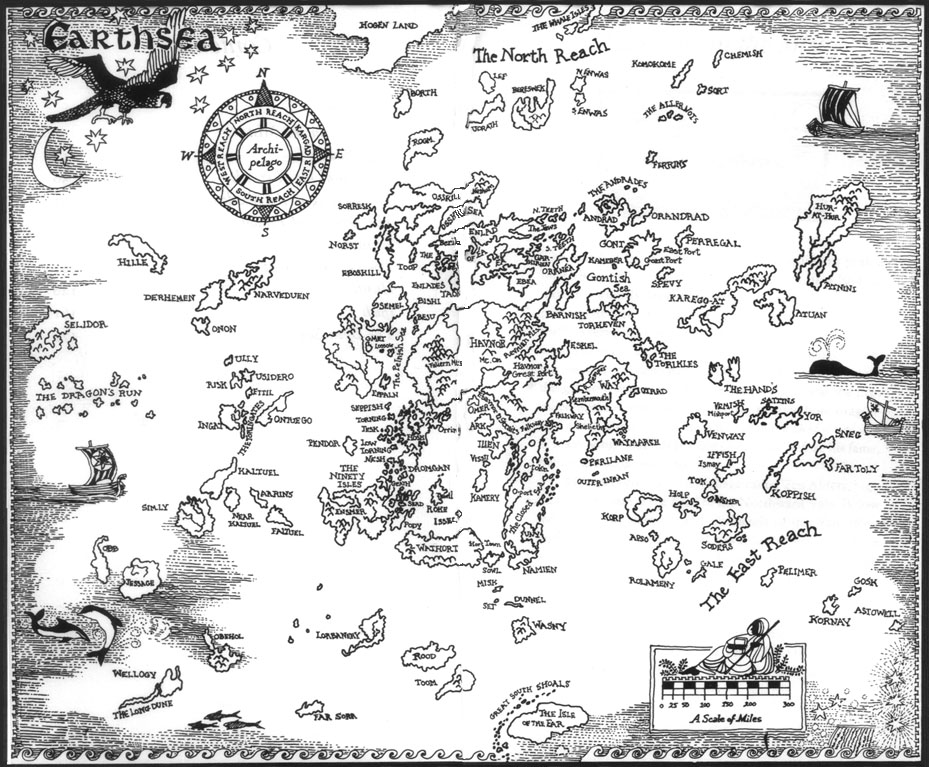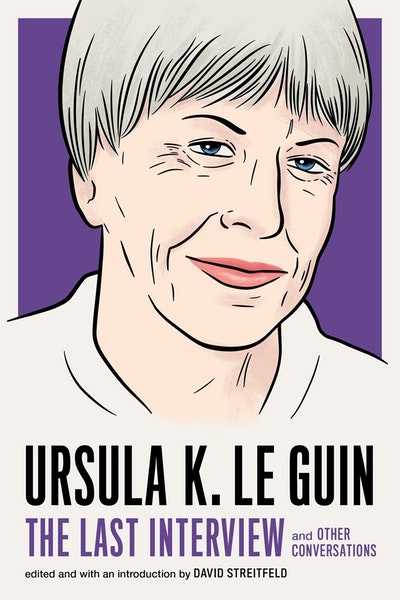

But if you are among the lovers of Earthsea who have looked forward to this book with trepidation as well as anticipation, I urge to overcome your trepidation and read it. “For many reading this review, the fact that this book is a Le Guin book, or an Earthsea book, will be enough to recommend it to you, whatever a reviewer might say. Le Guin, one of modern science fiction's most acclaimed writers, is also a fantasist of genius.” The publication of this collection is a major event in fantasy literature.” For it is also a short novel, and a gentle one.“Le Guin is still at the height of her powers, a superb stylist with a knack for creating characters who are both wise and deeply humane.


It’s a very political fantasy, and a very theological fantasy, and it shows how these can be written without the hack and bloat so common to the subgenres.

The relations between each pair of a cast of nearly a dozen are important. After arriving at Havnor, Alder ceases to be the only viewpoint character. This is a very directed novel, focused on its ending, but less so than this summary may imply. But they know that in the end Alder will be the one to realize what must be done. He meets royalty, councillors, mages, and dragons. In these places he learns that his dreams are associated with other disturbing events. Without Ged, Alder goes to the king’s city in Havnor, then to the wizards’ isle of Roke. He visits Ged, the retired Archmage, who gives him comfort and simple work to do (and a cat!). The story begins with Alder, a village sorcerer having disturbing dreams of the dry lands. Even one character repeatedly shown up as foolish is sympathetic. There are no crude antagonists here, only people trying to understand each other. I like all of Le Guin’s work, but I enjoyed this book more than its two immediate predecessors, and I suspect readers less sympathetic to her writing will like it better too. It will read more easily if you know all three of these, but an adventurous new reader can pick up what needs to be known. The Other Wind follows up on major plot threads from Tehanu and Tales from Earthsea as well as from The Farthest Shore. Now she returns and wrests the complete meaning and significance from it, in an expedition into the roots of the very nature of Earthsea, and of life and death in it. Le Guin explored the dry lands further in her third Earthsea book, The Farthest Shore. Le Guin’s classic A Wizard of Earthsea was of the dry lands, the otherworld where the dead go: the hillside where a simple wall of stones marks the border between the lands of living and of dead, which the living can see only in trance or dream, and must not cross. One of the most memorable images in Ursula K. (This review originally appeared in Mythprint 38:11 (#236) in November 2001.)


 0 kommentar(er)
0 kommentar(er)
